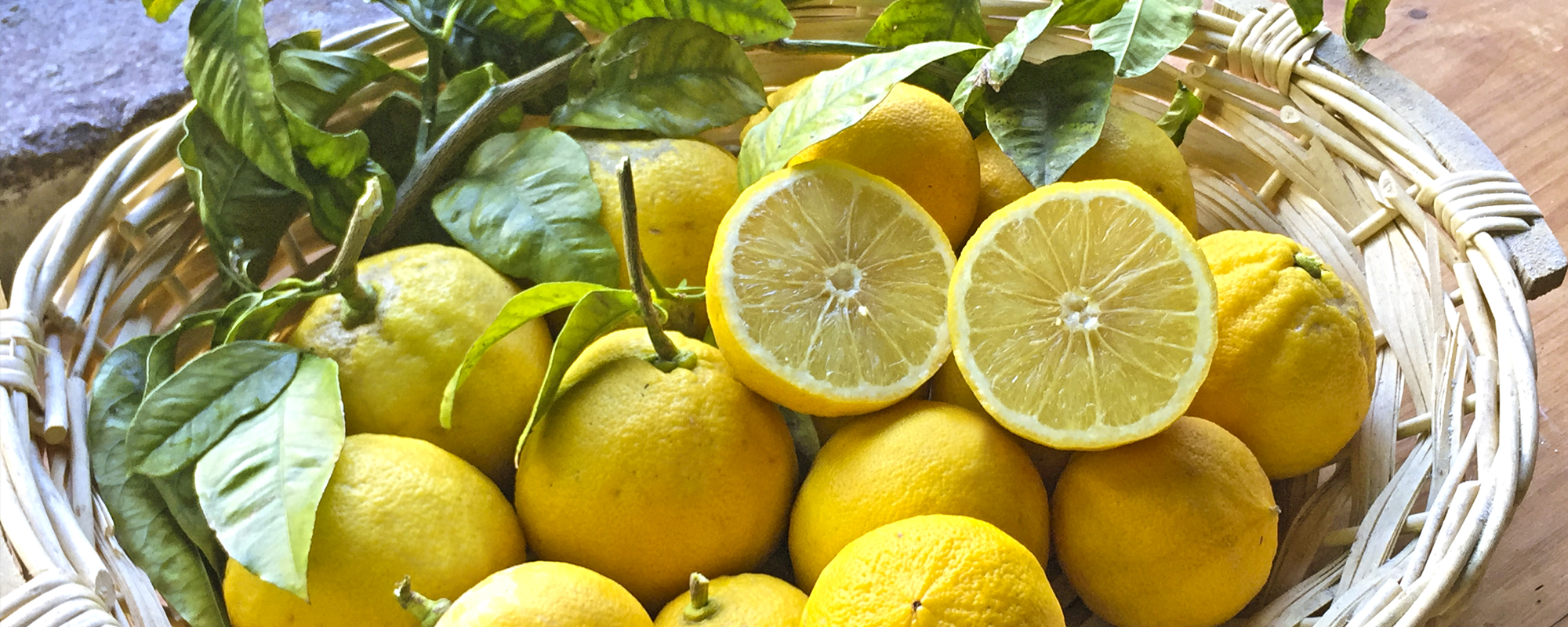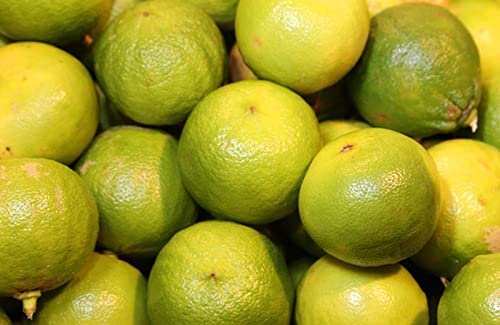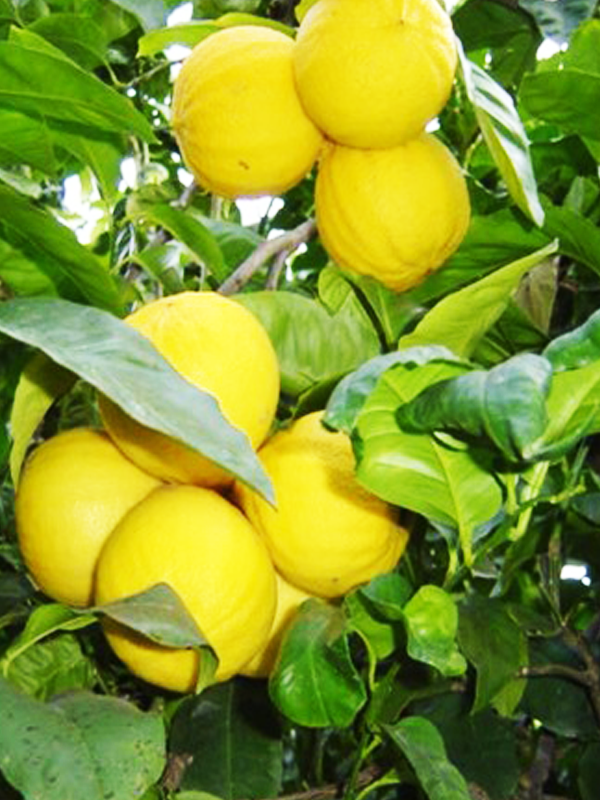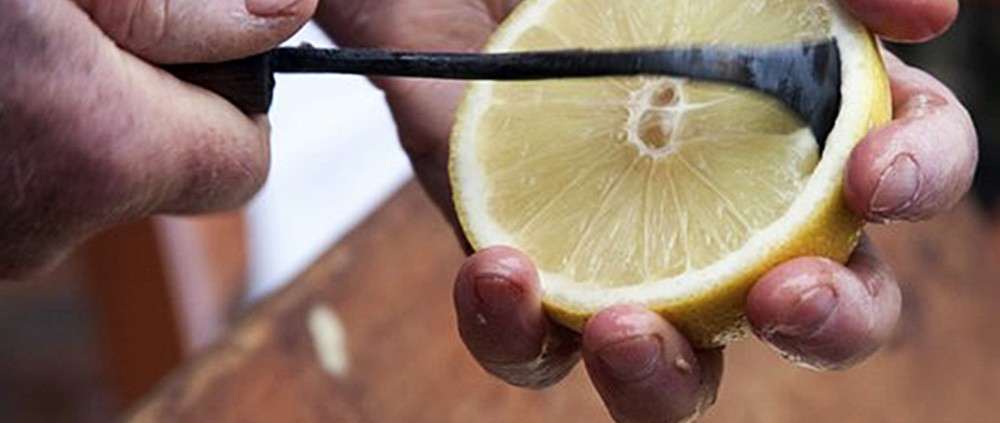Description
Aesthetically, it resembles an orange-lemon, but its true origin is unknown, though it’s called “the Lord’s pear” (because it’s similar to the bergamot pear).
Bergamot, the spherical citrus fruit of the Citrus genus that grows only along the coast of Reggio Calabria and has received the Protected Designation of Origin (PDO) recognition from the European Union, is a “special” food whose particular characteristics depend on and are linked to the territory in which it is born. Its green fruits turn yellow when they reach maturity and are composed of three parts: the peel (exocarp), rich in “oil sacs” or small cavities full of essential oil; the mesocarp, the compact white-yellowish tissue that is found under the peel; and the pulp (endocarp) which, divided into 10-15 segments, contains the seeds. The juice is bitter-tasting.
As a citrus fruit, bergamot is obviously appreciated for its content of vitamin C, B1 and B2, and P in the juice, and vitamin A and E in the flavedo, which makes it very useful in cases of bone disorders due to insufficient calcium absorption, dental problems, collagenopathies, asthenia, or muscular and neuromuscular hyperexcitability, cardiac erethism, anemia due to reduced iron absorption, hepatobiliary congestion, and various diseases with altered vascular permeability.
Given the surge in demand due to positive effects on blood sugar and cholesterol, it’s increasingly difficult to supply even those markets that are more attentive.









Reviews
There are no reviews yet.